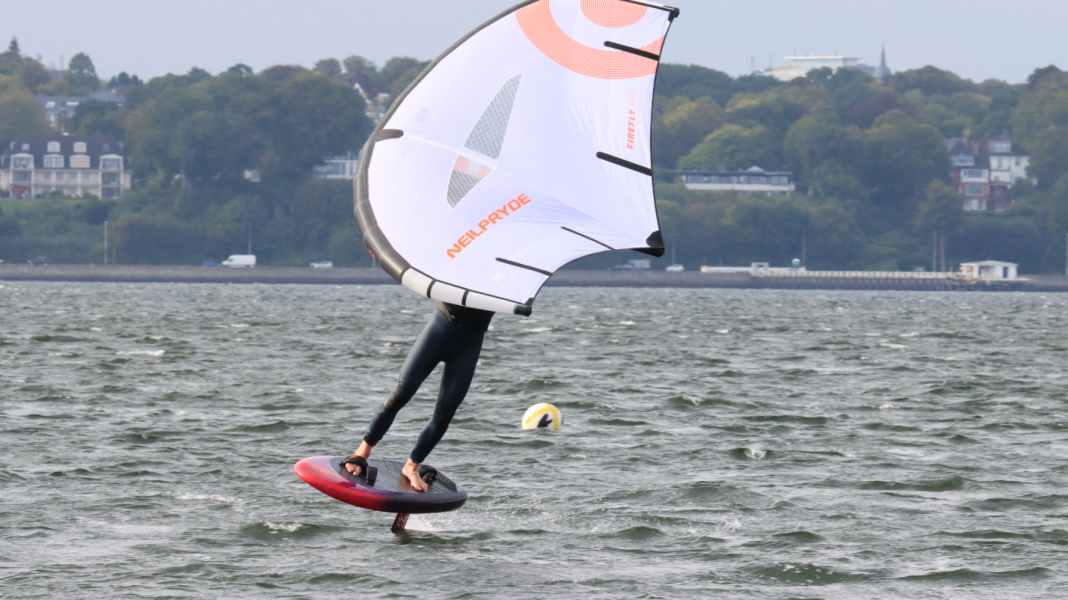
In our new video tutorial, we show you three valuable tips for jibing when wingfoiling. The mistakes we often see can be the crucial sticking points when you're learning to jibe. Hopefully, our tricks will help you get the hang of it!
1. too much tension in the wing
People with a windsurfing background in particular are used to jibing with a lot of power. When wingfoiling, however, it is important to take all the power out of the wing and let it hover neutrally over your head when you initiate the jibe.
2nd wing too low to reach round
If the bow falls off during the jibe and hits the water, it is often because the wing is pulled too far down to change hands. This puts too much pressure on the bow and pushes it downwards. It is better to let the wing hover over your head and let it change hands "blindly".
3. foot change too early
The switch stance often causes unrest on the board and is the crux of the jibe. To finish the jibe successfully, you should first continue in the switch stance position after the change of foot (see above) and stabilise the ride. To do this, the front foot straps can be set very large so that you can apply enough pressure to the windward edge in switch. It is advisable to reduce your altitude when practising the switch stance. This allows you to touch down on the water briefly in a controlled manner if necessary, and the drop height is not so high in the event of small wobbles
